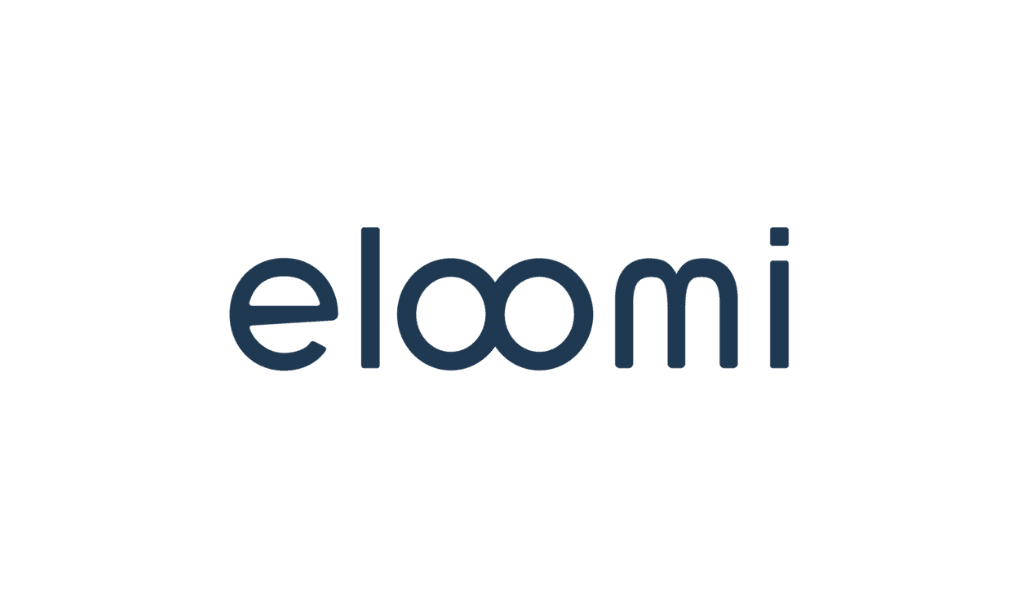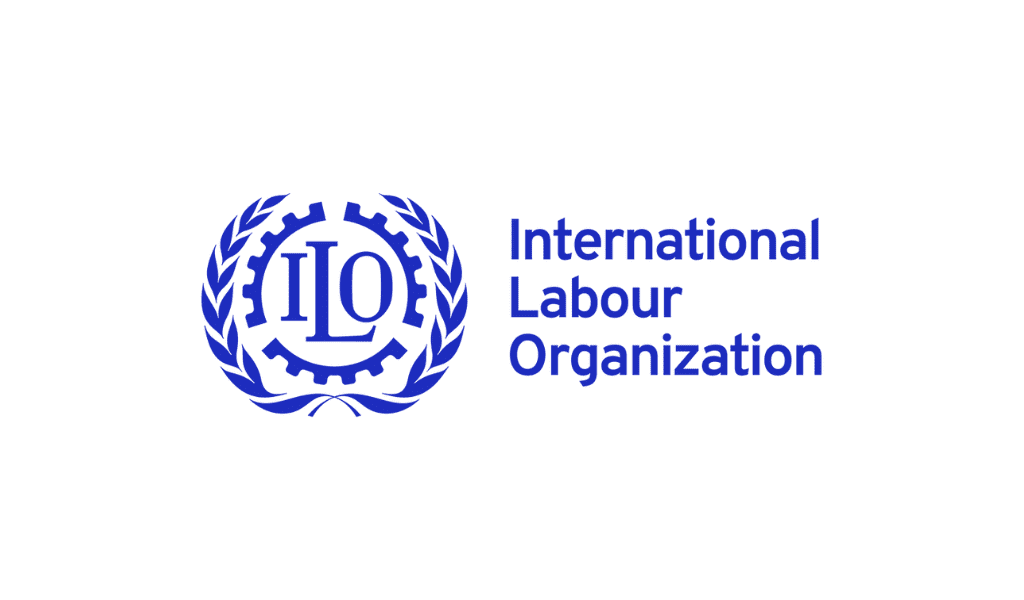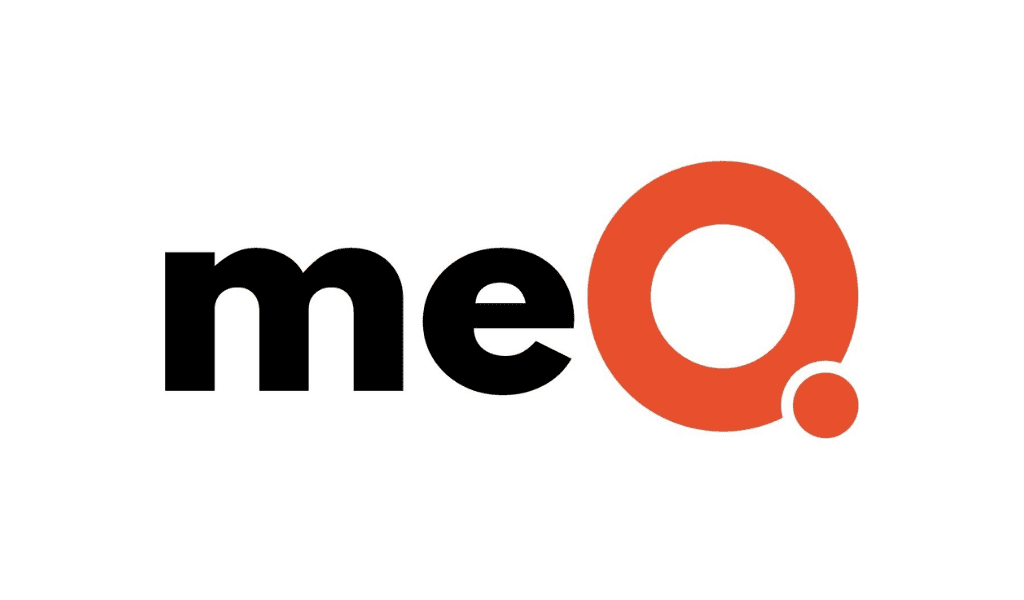By Elliot H. Clark
The song, Welcome to the Jungle by Guns ‘N Roses, opens with big energy, but also a sense of confusion and messiness. This makes it the perfect anthem for the HR tech market today. A plethora of new, best-of-breed point solutions arrive almost daily. HR’s Twitter feeds and LinkedIn channels are being overloaded with the announcement of the next big thing. And voicemails are jammed with messages promising amazing outcomes.
Some of the new technologies are in fact very good and represent innovation. That being said, there are also numerous products that represent long-existing technologies and are just new choices in already crowded markets. The influx of venture capital and private equity (PE) into the human capital solutions market is great, but not many of these PE folks have experience in the HR suite and most do not understand a day in the life of HR. They actually like new iterations of proven technologies because they think if they can just pick up a few points of market share, their investment will be bought by a larger established player. Of course, the investment people don’t care about the state of HR’s voicemail box.
One of the problems in the jungle is sensory overload, and that metaphor aptly applies to the current technology market. It is critical to step back and acknowledge some of the problems of perfect solutions. Among the first things HR needs to consider when choosing a talent tech provider is if the infrastructure will be based on platform technologies or on a variety of point solutions that are integrated together. Now, almost everyone has a platform HRMS product. But when it comes to areas like talent acquisition and organizational effectiveness, not all of the modules on the market offer the same features. For example, Lumesse, Taleo, IBM BrassRing, and iCIMS are well-regarded players in the talent acquisition space. For organizational effectiveness technology, firms like Saba, SilkRoad, and SAP SuccessFactors all offer excellent products.
There are some companies that would argue that it’s necessary to add modules for candidate relationship management, onboarding, and goal alignment, to name a few. The problem with attaching all of these additional modules to platforms -many of which may already offer similar functionality -is that HR or IT is now responsible for system integration.
That’s right! HR now must resolve all data interchange issues, deal with multiple log-ins, and manage all of the different upgrade schedules that may interfere with the software’s ability to communicate with other platforms. Remember, platform providers also partner with specialty module providers, and the integration of those modules is the platform providers’ headache -not HR’s!
The French philosopher Voltaire wrote: “Don’t let the perfect be the enemy of good.” There is a great deal of wisdom in that statement. I would take a long hard look at the modules included and use as few add-ons as possible. Many HR software buyers have tried to rewrite the software to support existing processes when HR should really examine or modify the processes to make sure they are confluent with current technology.
While some of the new software platforms may be better than the embedded modules, the process of integrating multiple modules can make the whole effort a nightmare. So, while the products may be promised to be “perfect,” that doesn’t mean that the HR infrastructure is “good.”














